
Superyacht makers are in an upbeat mood, with 69% rating prospects for the year ahead as 'good or excellent'. Photograph: Eric Gaillard/Reuters
Ed Miliband's assertion that the rising tide of economic fortune used to lift all boats, but now only seems to lift yachts, would certainly seem to be borne out by the
Monaco Yacht Show. The show, which has just begun, boasts Europe's largest collection of superyachts. At the show the Labour leader would find that demand is once again surging for the ultimate billionaire's plaything, ranging from an entry-level 30 metre-long boat costing around £10m, to gigantic vessels with 90-strong crews that are effectively private cruise liners.
The UK superyacht industry – a superyacht is more than 24 metres long – has reported record revenues of £460m, up 4% on last year, as more of their traditional customers in the US, Russia and the Middle East place orders for these custom-built, floating palaces.
In a survey of 138 companies in the superyacht industry, half reported an increased workload compared to a year ago, while only 19% – a smaller proportion than last year – said their workload had gone down.
The companies, which include yacht builders, designers and legal firms, are also in their most upbeat mood since before the economic crash, with 69% rating their prospects for the year ahead as "good or excellent", compared with 51% last year.
Tom Chant of Superyacht UK said the industry was in a buoyant mood, but profits had not yet returned to the 2007 pre-
recession era.
"That was a particular bubble that has definitely burst." Current growth was more stable, he said. "The people who are coming into the market do have the money, they are not borrowing on banks who have borrowed on other things. The buyers that are coming in are good solid buyers who are there for the long-term."
The UK industry, which employs 3,550 people, has further room to grow. "There are more yards that could build yachts, than there are yachts with orders," Chant added.
The revival is supported by another industry survey from yachtmaker Camper & Nicholsons, which reported a 37% jump in yacht sales in the first half of the year to around 200 boats. However, the overall value of the market remained flat at $1bn (£620m), as industry figures are easily skewed by a few hyper-extravagant purchases.
The biggest market for superyachts remains the US, followed by Russia and the Middle East. China's super-rich have yet to develop much of an interest, despite the recent
sale of Sunseeker International to the country's Dalian Wanda group. In Monaco "there is lots of talk about the potential of China, but it is just potential," said Chant.
The downturn slowed yacht buyers' appetite for extra-large yachts, with demand for vessels greater than 50 metres falling in 2011 and 2012, according to Camper & Nicholsons. But there are signs that it may be returning.
On the drawing board of the Hampshire-based firm Dubois are
plans for a giant sloop, 101 metres long with a 125-metre mast that would dwarf both Big Ben's Elizabeth Tower and the Statue of Liberty.

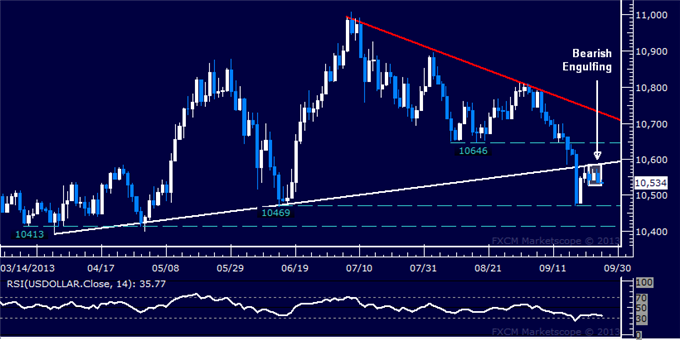
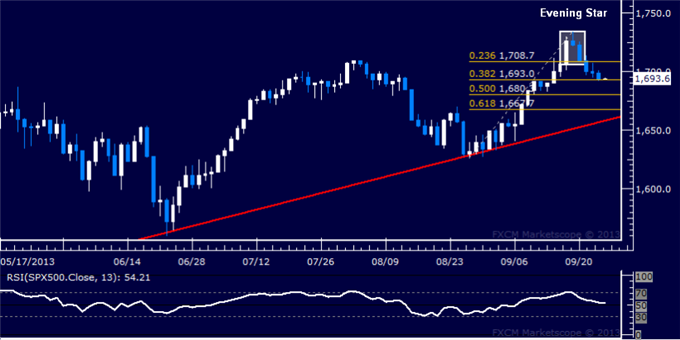
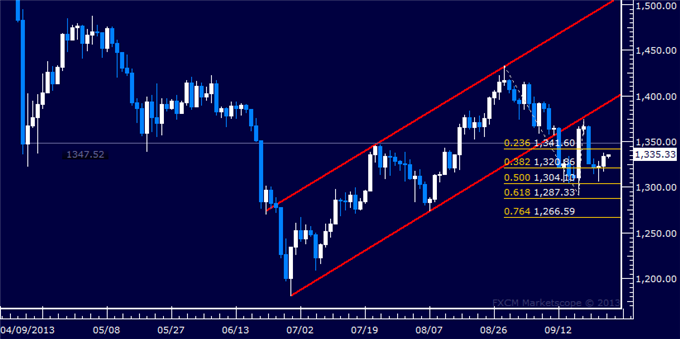
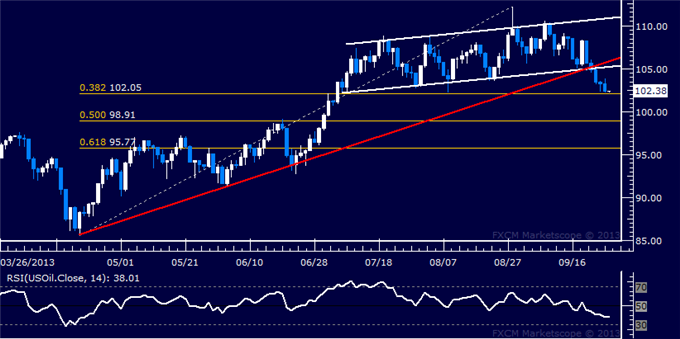








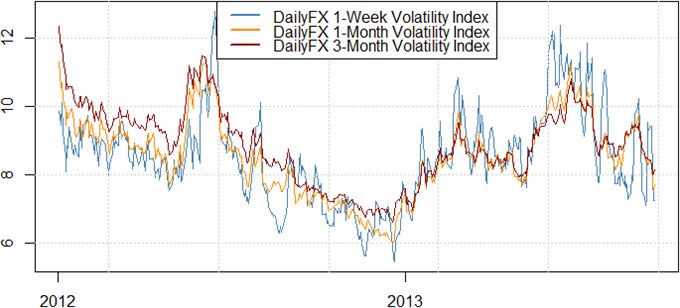
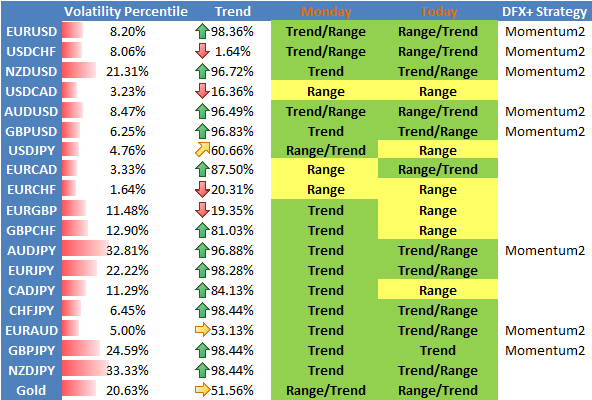

 Do we even have to say why FX robots are so popular nowadays? Because everyone is a bit crazy about those innovative automated and autopilot FX trading programs which are a real bliss especially for those Forex traders who like an idea of a successful trading without having reliable theoretical background and practical skills and relying only on expensive Forex software. We can’t approve such method but still confirm that Forex robots can be very useful especially if your
Do we even have to say why FX robots are so popular nowadays? Because everyone is a bit crazy about those innovative automated and autopilot FX trading programs which are a real bliss especially for those Forex traders who like an idea of a successful trading without having reliable theoretical background and practical skills and relying only on expensive Forex software. We can’t approve such method but still confirm that Forex robots can be very useful especially if your  For sure, you have to be a programmer, this issue is not even worth of discussion because without certain practical and theoretical knowledge you won’t manage to build and run a robot in a proper way. From this point of view we can only recommend you to program your robot with an opportunity to gain profits which will be equal to a half or a bit less of the stop loss (your robot’s win-lose ratio should be about 66,7 percents).
For sure, you have to be a programmer, this issue is not even worth of discussion because without certain practical and theoretical knowledge you won’t manage to build and run a robot in a proper way. From this point of view we can only recommend you to program your robot with an opportunity to gain profits which will be equal to a half or a bit less of the stop loss (your robot’s win-lose ratio should be about 66,7 percents). Besides most of the contemporary Forex traders use for their trading systems and strategies the basics and principles of the technical analysis and assistance of online Forex brokers and brokerage organizations which logically make them look for reliable Forex robot reviews. Basing their trading strategies upon studying different possible combinations of price actions (mostly via the
Besides most of the contemporary Forex traders use for their trading systems and strategies the basics and principles of the technical analysis and assistance of online Forex brokers and brokerage organizations which logically make them look for reliable Forex robot reviews. Basing their trading strategies upon studying different possible combinations of price actions (mostly via the  2) Ivy Bot Automated Forex Robot
2) Ivy Bot Automated Forex Robot No one says that Forex online trading systems are all good and give a 100 percent guarantee that a trader will earn his money at once. You see, the Forex market is very changeable and it is rather risky to trade on it even if you have taken into account all possible factors that can impact on your trades and calculated the best trading strategy. The only advice here is to practice and practice as long as you can afford within the limits of a
No one says that Forex online trading systems are all good and give a 100 percent guarantee that a trader will earn his money at once. You see, the Forex market is very changeable and it is rather risky to trade on it even if you have taken into account all possible factors that can impact on your trades and calculated the best trading strategy. The only advice here is to practice and practice as long as you can afford within the limits of a  Well, we can tip how you can start. Always begin from setting up a demo trading account which every online brokerage organization can offer. A regulated broker is what you need to look for. It will be great if you manage to find a
Well, we can tip how you can start. Always begin from setting up a demo trading account which every online brokerage organization can offer. A regulated broker is what you need to look for. It will be great if you manage to find a  (that can play the role of market-makers), exchanges, broker companies, financial instruments (for example, funds) and individual traders. The goods that are sold by the participants, are called financial instruments or assets. In the most general sense, financial instruments are certain obligations (contracts) that prove facts of mutual demands of two parties. The first party is obligated to supply (immediately or in future, unconditionally or on certain conditions) goods, and the second - to pay (for example, with money or securities).
(that can play the role of market-makers), exchanges, broker companies, financial instruments (for example, funds) and individual traders. The goods that are sold by the participants, are called financial instruments or assets. In the most general sense, financial instruments are certain obligations (contracts) that prove facts of mutual demands of two parties. The first party is obligated to supply (immediately or in future, unconditionally or on certain conditions) goods, and the second - to pay (for example, with money or securities).

 In fact there is nothing mysterious in the definition or functions of such Foreign exchange market reserves because they simply refer to the various foreign exchange notes and governmental debts which are held by the hugest world’s central bank organizations. Most of the world’s countries have their own
In fact there is nothing mysterious in the definition or functions of such Foreign exchange market reserves because they simply refer to the various foreign exchange notes and governmental debts which are held by the hugest world’s central bank organizations. Most of the world’s countries have their own